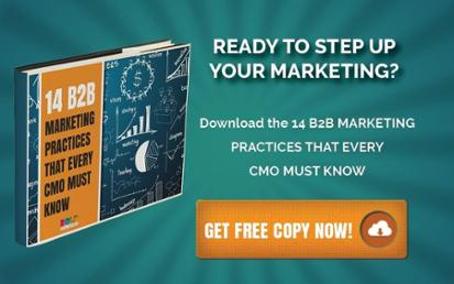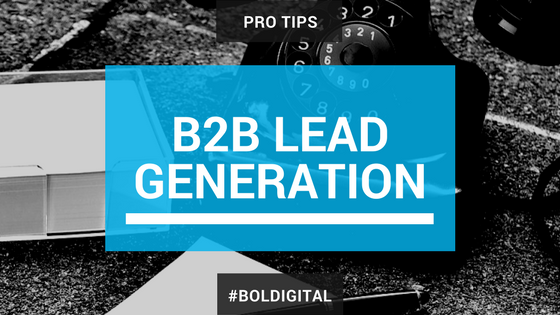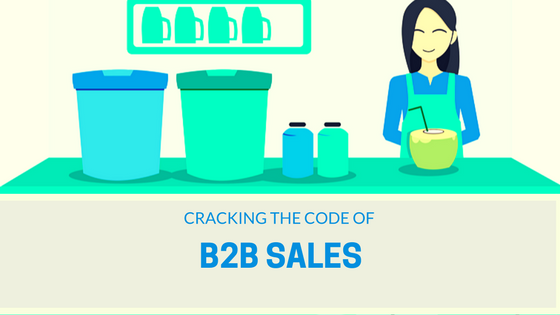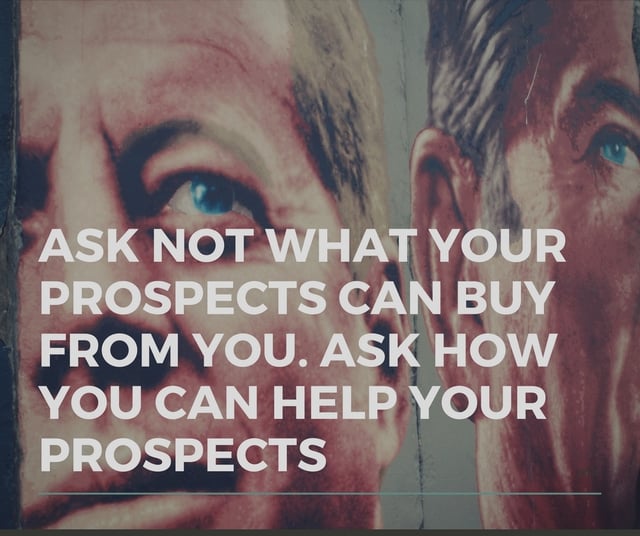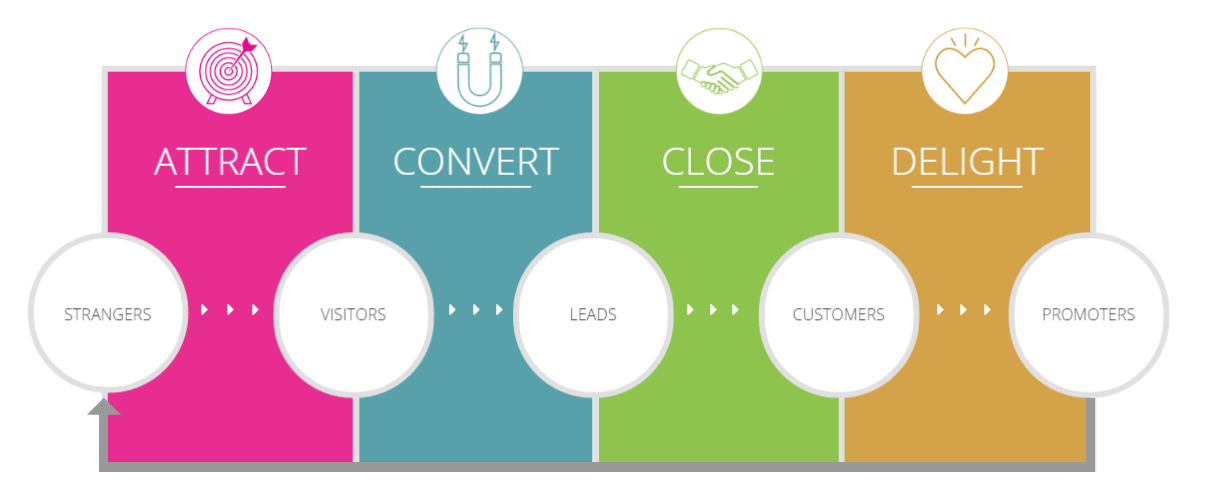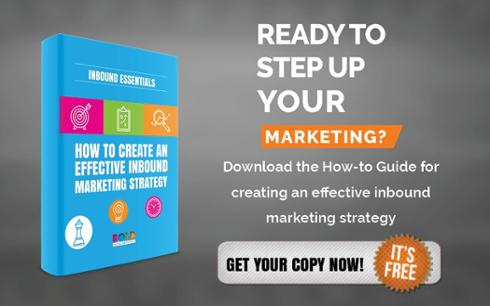John Doe
Architect & Engineer
We love that guy

Introduction – analyze your backlinks profile
A healthy backlinks profile is an essential part of your brand’s SEO strategy.
All too often, many companies find themselves frustrated when they are obtaining backlinks according to plan, but failing to get traction in search results.
Though the guidelines for websites in all shapes and sizes remain, the perfect backlinks profile is different for every single site. What makes for a perfect backlink profile for a small blog won’t work for a B2B website. A popular DIY blog can’t seek the same links a SaaS company might seek. Companies are neglecting the big picture of their backlinking strategies, and their backlink profiles suffer for it. This post will walk you through the basics step to analyze your backlinks profile.
Once upon a time (about 20 years ago), SEO was all about keyword quantity and density. Those then called webmasters, used a whole lot of shady methods such as placing white text on a white background and stuffing that “invisible” text with keywords. Users couldn’t see it, but the search engines could. That was called cloaking. Other similar levels of blackhat SEO existed and flourished with backlinks, such as a site going from zero backlinks to 100,000 virtually overnight.
Since then, Google and other search engines have become much more sophisticated in detecting various spam links and tactics. All sorts of exotic animals (Penguin, Panda, Possum and Hummingbird if to only name a few) shook and changed the very foundations and face of the SEO industry in those two decades.
These days, if a company wants to rank well on Google, the currency is quality.
Quality content, quality (and topically) related backlinks, quality website code. The bottom line is that Google want to send their user base to a spam free environment.
Links are basically being used by search engines as “votes” and endorsements for websites, that help arrange its rankings and authority. The more authoritative and trusted domains there are in your backlink profile, the stronger your website will become and higher it will rank.
In short, backline quality means that you’re linked from good neighborhood websites that are trusted by Google and their users.
If your website is brand new, this may not be a big deal. Probably because you don’t yet have any links pointing to it. Nevertheless, this doesn’t mean you should not consider quality over quantity right from the very start.
If your website’s been around for a few months or longer, there is a good chance that you have some links pointing to it. Some may be good, some may be mentions of your brand (on social media for example) and some may even be harmful for your site.
Because of this, it is essential to audit your backlinks profile and analyze it regularly.
Essentially, a kick ass profile should include:
- Natural diversity of links from smaller and larger, authoritative sites
- Relevant niche/industry links
- Relevant local links
- Social mentions/Reviews
So, how do you carry out a professional analysis process for your backlinks profile?
1. Choose your Backlinks Analysis Tool
Before you master the art of creating the perfect backlinks profile, start by choosing a backlinks analysis tool. There are a lot of tools out there offering backlinks tracking, as well as other cool features. Some of the favourites among SEOs and Digital Marketers are: Ahrefs, Majestic SEO and SEO Powersuite (to name a few…).
Personally, I recommend testing two or three tools over a period of time and choosing the most accurate one that best suites your needs (and budget).
You can check out this article by Neil Patel that gathers 9 Backlink Analysis Tools to choose from.
2. Look for the Root Domains within the backlinks
“The root domain is the overarching structure which contains the subdomains and every URL of a site. If you want the data for an entire site, sticking with the root domain will likely be the easiest way to access this data. An example of a root domain would be example.com ” – Check this definition by Majestic for further explanation of domain levels.
You should look out for root domains because they are typically with higher authority and trustworthiness than subdomains or folders. You want as many root domains telling Google that you’re awesome at what you do. However! Not all root domain backlinks are a win, they should be topically related to your expertise or field. For example, a link from a major news site is great, since they are usually considered high authority and getting loads of traffic. But those sites may not always be contextual and relevant and therefore might not contribute as much as you’d like to imagine. Try and put your efforts on getting referred by relevant sites for your niche.
Most of the analysis tools mentioned above offer the option to view referring root domains to your site. You can also check for root domains on your Google Search Console dashboard:
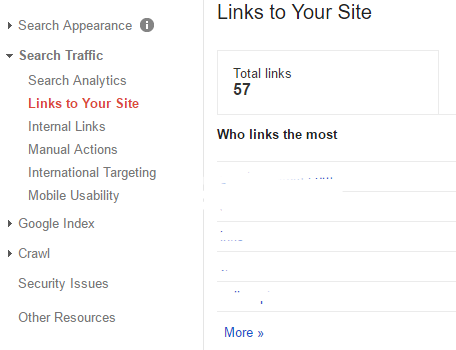
3. Understand MozRank, Trust Flow and Citation Flow
To fully evaluate the profitability of a site linking to you, there are number of metrics to consider.
If you have a friend who has a tendency to tell you a lie every once in awhile, then every time that person gives you information, you will tend to take it less seriously, correct? Google appreciates relationships between websites in the same manner
If Website A links to Website B, it’s like Website A is vouching for Website B and telling Google “Hey, this guy knows something about this subject, you should definitely check what he has to say”. Google’s is not so gullible, though – quite the opposite. Google trusts websites that people visit, interact with and share on social media the most. If Website A is a trusted site, then Website B will receive a boost in status.
With the extinction of Google PageRank, secondary metrics matters a lot. Metrics like MozRank, Trust flow, and Citation flow are becoming more and more important ranking factors.
MozRank – represents a trademark metric for a page’s authority score by MOZ. It reflects the importance of a given webpage. It’s earned by the number and quality of other pages that link to them. The higher the quality of the backlink, the higher the MozRank.
Citation Flow – represents a trademark Majestic SEO metric for how influential the backlinks to your page are based on how many sites link to and from it. Majestic use it in conjunction with the:
Trust Flow – which is the metric representing the overall page’s authority score. It’s designed to decide how trustworthy the webpage is, based on the quality of backlinks pointing to the link (the Citation Flow).
4. Understand the difference between Dofollow or Nofollow links
Essentially, there are two types of links that point to your site. To understand do/nofollow links, one must understand the term SEO Juice. Which is the power or equity passed to a site via links from external or internal sources. This power is interpreted as a vote of recommendation towards your site and is one of the most important factors in determining your site’s SERP ranking.

SEO Juice anyone?
The difference between Dofollow and Nofollow backlinks lies in the fact that Dofollow links let the “SEO juice” flow, while Nofollow links are blocked from letting SEO juice flow.
Do follow links obtained from authority domains boost your site’s authority and improve your site’s ability to rank higher. However, when a link is marked as Nofollow, Google’s rankings discount it and it does not add power to your ‘link juice.’ But just because a link doesn’t directly impact your rankings on Google for specific search queries doesn’t mean that it lacks value. In fact, Nofollow links may have a ton of relevance and authority (in the case of posting helpful comments on an industry Linkedin group, for example).
5. Aim for Dofollow and Nofollow links diversity
The worst thing you can do for you link profile is to have all of the same kind of Dofollow links from only a few domains, even if they are from high authority publications. This may signal to Google that your ‘link juice’ has been nothing more than doping and that you are more interested in bolstering your rankings for sales purposes instead of trying to provide the most relevant and authoritative information for a specific search query. This will end up having the opposite effect that you intended, and will penalize your website in rankings.
6. Backlink Velocity
In essence, link velocity is how fast you are gaining links to your website.
Some blackhat spam methods involve sending hundreds or thousands of links to a website in a day or over the course of a week. This method is not only likely to get your website penalized, but you could be de-indexed for using it. While sending thousands of links to your site in a short period of time is absolutely not recommended, link building can be faster or slower depending on your traffic and the rate that you have historically gained links.
For example, if you are averaging 30 site visitors per week, yet received 25 backlinks in a given week, Google might flag your site. Google does this because the backlink pace does not seem natural.
However, if you are getting 250 visitors per week, Google might not be concerned about you getting 25 links in the same week, especially if your content is good and visitors are typically on your site long enough to read the content and share it. Backlink velocity is shrouded in mystery – no one really knows exactly how Google weighs it, but be sure that it is better to grow backlinks slowly than get penalized.
Remember, don’t try to oversmart Google. Some methods may seem profitable in the short term, but suddenly you’ll start noticing drops in ranking. And believe me, it’s a pain in the ass to recover from manual penalties.
7. Competitors link analysis
Lastly, don’t forget to compare yourself to your competitors and see how you stack up against them.
Almost every SEO analysis tool offers a way to “spy” on your competitors.
Monitoring your competitors on an ongoing basis will give you a different angle on the current status of your market. These insights may also make an excellent baseline for planning an intelligent backlinks building strategy. Discovering the keywords your competitors are targeting and how they rank for them will give you an advantage, since you can actually learn from other’s “mistakes”.
Conclusion
Building a backlinks profile is only one part of a successful SEO strategy. But without a doubt, it is still the most important aspect of search engine optimization.
Although much has changed from the first days of SEO, the internet is still all about recommendations from the right neighbors. Auditing your backlinks profile and analyzing it regularly is a vital process for a business online growth.
A site is not judged only by the quantity of its recommendations, but the trustworthiness, quality and topical relatedness of these referrals. A referral is always almost good, as long as it comes in a natural way. Even if the link doesn’t seem profitable, someone still vouched for your site.




